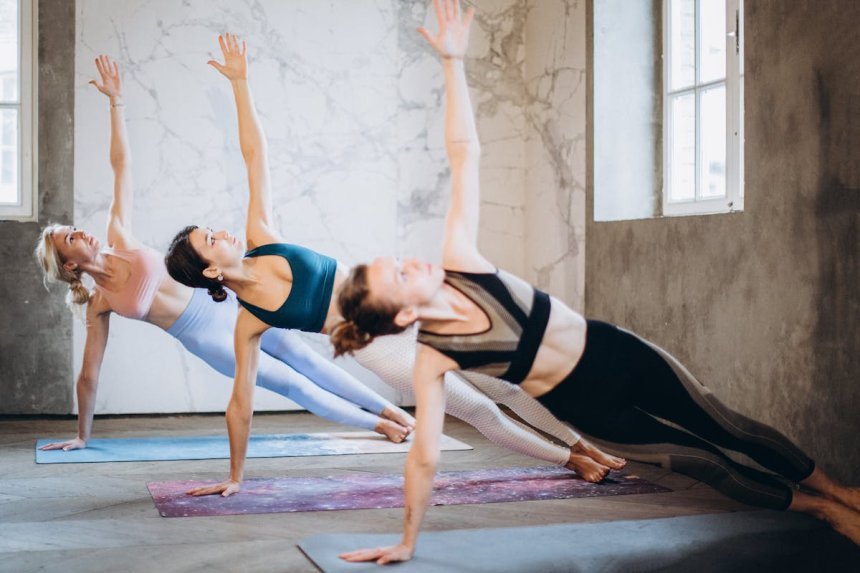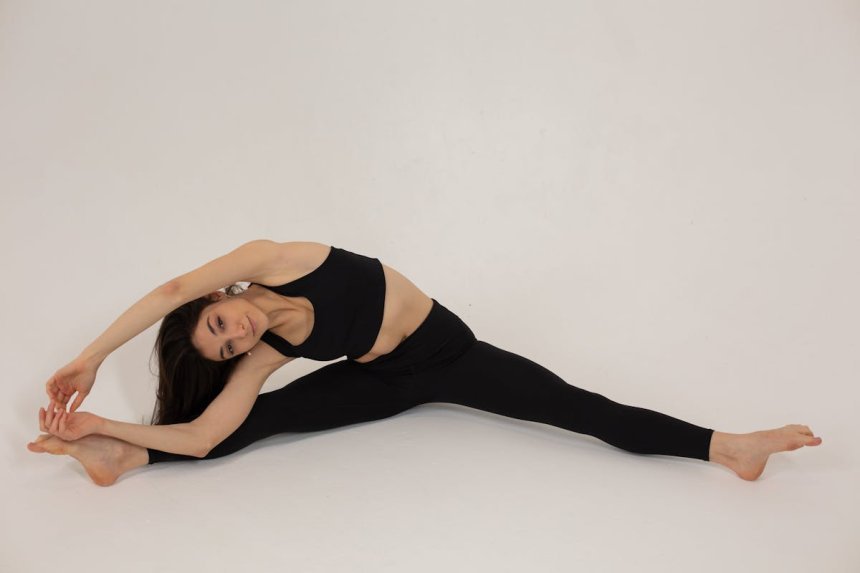Functional training: what is it, its benefits and what is it for?
Functional training consists of a series of exercises that can be performed without physical equipment, aiming to improve the athlete's condition based on daily activities.

Functional training consists of a series of exercises that can be performed without physical equipment, aiming to improve the athlete's condition based on daily activities.
This type of training also helps with weight loss and ensures a toned and firm body. The result is guaranteed through the exercises performed, which, when performed correctly, move different muscle groups at the same time, facilitating high-demand calorie expenditure.
However, it is recommended to practice at least three times a week to ensure good results, as this training model can increase the athlete's muscular resistance and ensure a defined body type.
What is functional training?
This type of training can be defined as a group of more dynamic exercises that work different muscles at the same time, without the need for weight training equipment or high-impact activities, such as CrossFit.
This training model uses your own body weight to perform the exercises and, in addition to the physical body, functional exercises also work the mind and concentration.
This is because the complexity of the activities is greater since they work on several integrated physical capacities, such as:
- strength;
- power;
- cardiorespiratory endurance;
- stability; and
- balance and stretching .
That said, now see what this training model is for.
What is functional training for?
It serves to strengthen the abdomen , the lumbar region and to facilitate the performance of daily tasks, such as:
- to sit;
- get up;
- run; and
- go up and down stairs.
In addition, it also prevents injuries, reduces fatigue and strengthens the muscles of the lower and upper limbs.
This type of physical activity works on flexibility, the cardiorespiratory system, balance and motor coordination, all through sequences that include slow exercises interspersed with faster, more abrupt activities.
The aim of this mix of activities and exercises is to improve reflexes, as well as stimulate quick responses from the body.
Benefits of functional training
The objective of functional training is to provide well-being, reducing sedentary lifestyle and ensuring other health benefits, such as:
- improved posture;
- increased muscle strength;
- improvement in motor coordination;
- increased body balance;
- greater flexibility;
- reduction in cases of depression;
- decreased levels of anxiety and stress;
- increased cardiorespiratory capacity;
- weight loss;
- reduction of lower back pain ; and
- guarantee of muscle toning.
The good news is that the exercises can be performed by people of any age group and physical condition, including postpartum, post-surgery, sedentary or elderly people.
Training sessions can also be carried out in any space and in a short period of time, and can last from 20 to 40 minutes depending on the number of sets and exercises stipulated by the professional responsible for the session.
Remember that, like any other activity, it is important to have supervision from a physiotherapist or physical education professional.
Furthermore, the benefits are greater when associated with good nutrition before and after training , followed by quality hydration.
Functional training equipment
As mentioned throughout the text, functional training does not require any weight training equipment, as it is performed only with the athlete's body strength, combined with their balance ability.
However, it is possible that some professionals associate the practice of training with the use of some accessories, similar to those used in Pilates, such as:
- swiss ball;
- traction belt;
- mini-trampoline;
- cones;
- strings;
- kettlebell;
- mini balls;
- functional ladder;
- suspension tape;
- balance kit; and
- agility kit.
Since there is no rule for the use of fixed equipment, the functional exercise can be performed at home without any difficulty, as long as the athlete has knowledge about the circuit to be performed and has, even online, the supervision of a professional in order to avoid serious injuries .
Did you like this news? Then you will also be pleased to know that most gyms offer these classes with qualified teachers and professionals.
Just look for the establishment closest to you and ask how the functional training classes work. Some places may offer individual, couple or group training packages.
It is also possible to carry out activities outdoors and the personal trainer responsible for the training can prepare more fun classes, including exercises focused on football, volleyball or even based on CrossFit, but without impact.
Share
What's Your Reaction?
 Like
0
Like
0
 Dislike
0
Dislike
0
 Love
0
Love
0
 Funny
0
Funny
0
 Angry
0
Angry
0
 Sad
0
Sad
0
 Wow
0
Wow
0













